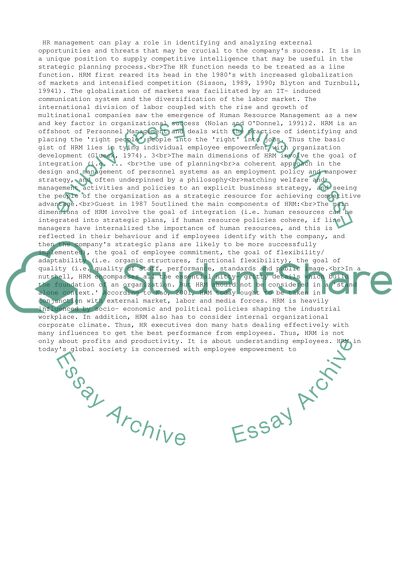Cite this document
(The HR Manager in the Strategic Planning Process Essay Example | Topics and Well Written Essays - 1500 words, n.d.)
The HR Manager in the Strategic Planning Process Essay Example | Topics and Well Written Essays - 1500 words. https://studentshare.org/business/1505902-the-hr-manager-in-the-strategic-planning-process
The HR Manager in the Strategic Planning Process Essay Example | Topics and Well Written Essays - 1500 words. https://studentshare.org/business/1505902-the-hr-manager-in-the-strategic-planning-process
(The HR Manager in the Strategic Planning Process Essay Example | Topics and Well Written Essays - 1500 Words)
The HR Manager in the Strategic Planning Process Essay Example | Topics and Well Written Essays - 1500 Words. https://studentshare.org/business/1505902-the-hr-manager-in-the-strategic-planning-process.
The HR Manager in the Strategic Planning Process Essay Example | Topics and Well Written Essays - 1500 Words. https://studentshare.org/business/1505902-the-hr-manager-in-the-strategic-planning-process.
“The HR Manager in the Strategic Planning Process Essay Example | Topics and Well Written Essays - 1500 Words”. https://studentshare.org/business/1505902-the-hr-manager-in-the-strategic-planning-process.


